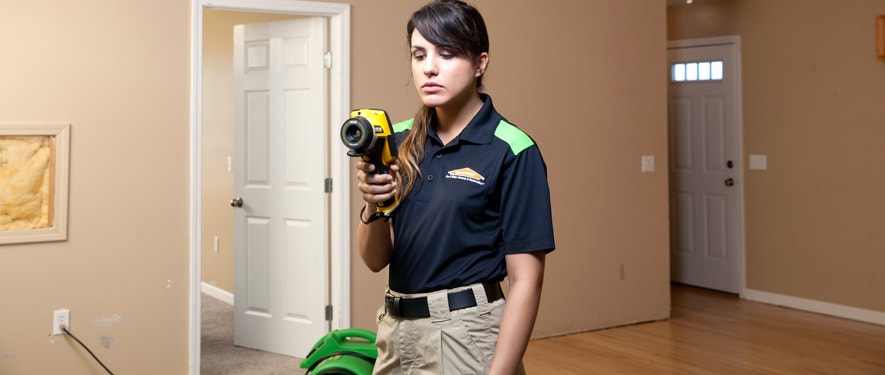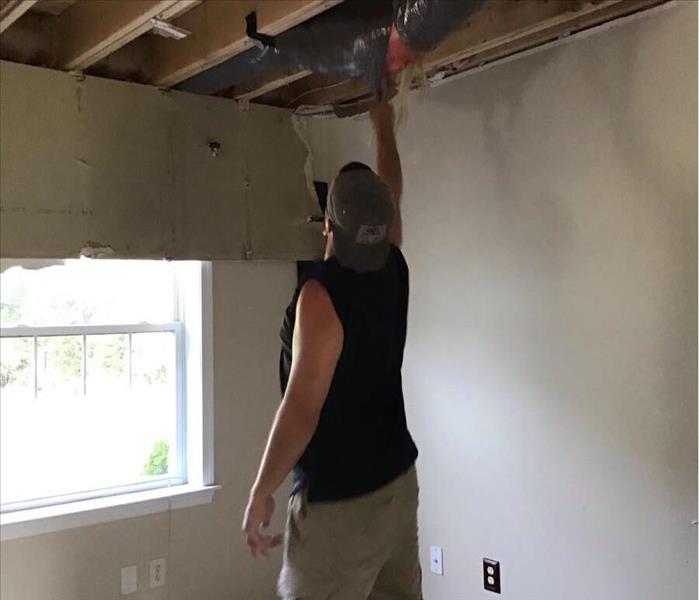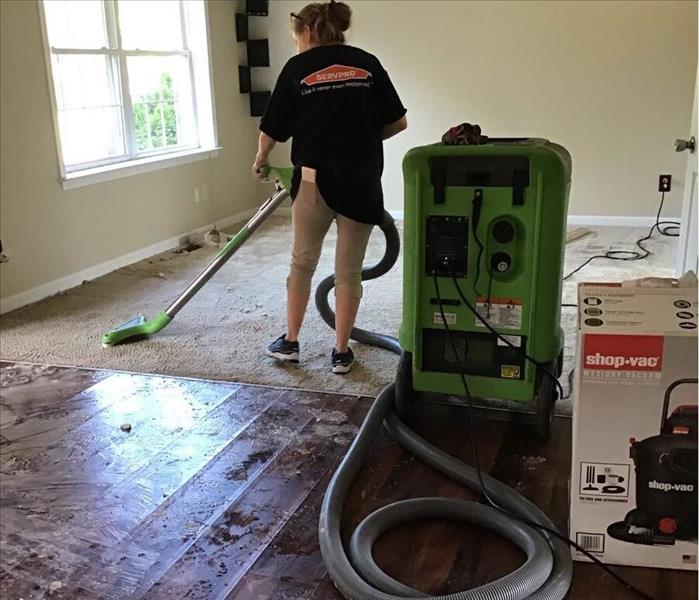
Step 2: Inspection and Water Damage Assessment
Our Water Damage Restoration Process
Step 2 in the water repair / restoration process is inspection and assessment. This process will begin with a detailed inspection and a damage assessment. These steps will help us to determine the scope of the damage and develop a proper plan of action. We will next identify and stop the water source, as well as determine if the water is contaminated. There are 3 categories or types of water involved in a water damage. They include clean, grey and black water; with gray and black water holding the most of contaminants. We will next survey the scene to measure the extent of the saturation and damage and inspect for any safety issues. During this stage we will also apply steps to reduce potential damage to furniture and contents and some furniture may be placed on blocks. SERVPRO of Sussex County will apply the utmost care for your belongings and contents.
Identify and Stop the Water Source
We will check for the source of moisture in your home or business. The source must be stopped before any restoration or drying of the building can be successful.
- Stop the Source
- Check for Contaminated Water
Identify the Type of Water
We will identify the category and classification of water damage to ensure our professionals restore your property based on industry guidelines. The level of contamination of the water will affect the specific restoration processes we use.
- Category 1: "Clean Water"
- Category 2: "Gray Water"
- Category 3: "Black Water"
Survey the Extent of the Water Damage and Inspect the Premises
We inspect and test to determine the extent of damage and how far the moisture has traveled to ensure proper and complete restoration. In addition, we will inspect for safety concerns that may be evident. If there are any safety issues like lead or asbestos, please bring them to our attention.
- Survey Damage
- Complete Safety Inspection
Move or Block Furniture
We move furniture and property contents and block items to help prevent rust or furniture stains on wet carpet.
- Block Furniture

 24/7 Emergency Service
24/7 Emergency Service




